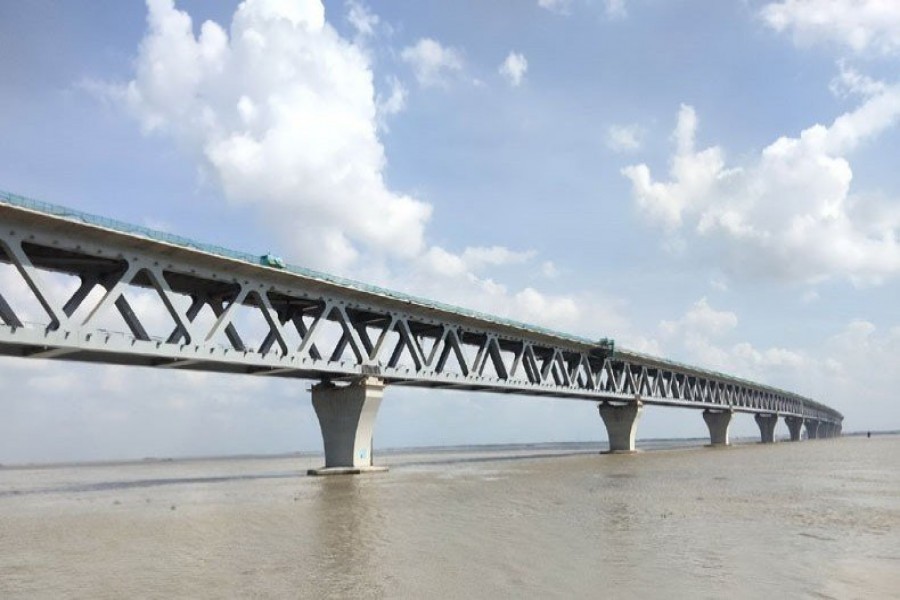The axle load-control system which is supposed to be installed on the approach roads of Padma Bridge would not be functional on the day (June 25) of its opening for traffic, leaving a room for overloaded vehicles to ply through the expensive infrastructure and damage it.
Sources said the weighing machines at both sides of the 6.15-kilometre bridge are yet to be installed and it may take two to three more months to complete.
Officials at the Padma Multipurpose Bridge (PMB) Project said three weighing machines will be set up each at Mawa and Jajira points to check the overloading.
However, experts expressed concern over the delay in installing the machines and said it would allow overloaded vehicles on the expensive bridge as well as the connecting expressways from the day one.
According to them, the damage of a road network is twice when goods-laden vehicles carry 20 per cent more than that of the permitted loads. Finally, it affects the life of the road infrastructures.
Project Director M Shafiqul Islam said the bridge's load capacity is much higher than the existing axle load capacity due to its steel structure.
However, the load limit will be fixed in consultation with the Roads and Highways Department (RHD) for maintaining consistency with the road networks across the country.
The PMB Project has appointed the Korean Expressway Company (KEC) for operation and maintenance (O&M) of the approach roads and toll collection. The firm has been working for the last one month to install the ITS, toll plaza, etc.
The Bangladesh Bridge Authority (BBA) fixes the speed limit of the PMB at 80km per hour though the steel-truss composite structure can allow a speed up to 120 kph.
The RHD designs all the national roads and highways with a load capacity of 10 tonnes and the vehicles are allowed to carry accessible load on the number of axles/wheels.
Although the Ministry of Road Transport and Bridge had formulated an axle load policy in 2014, it introduced different levels of fines by amending the policy in August 2016 to check overloading and save the road network in the country.


